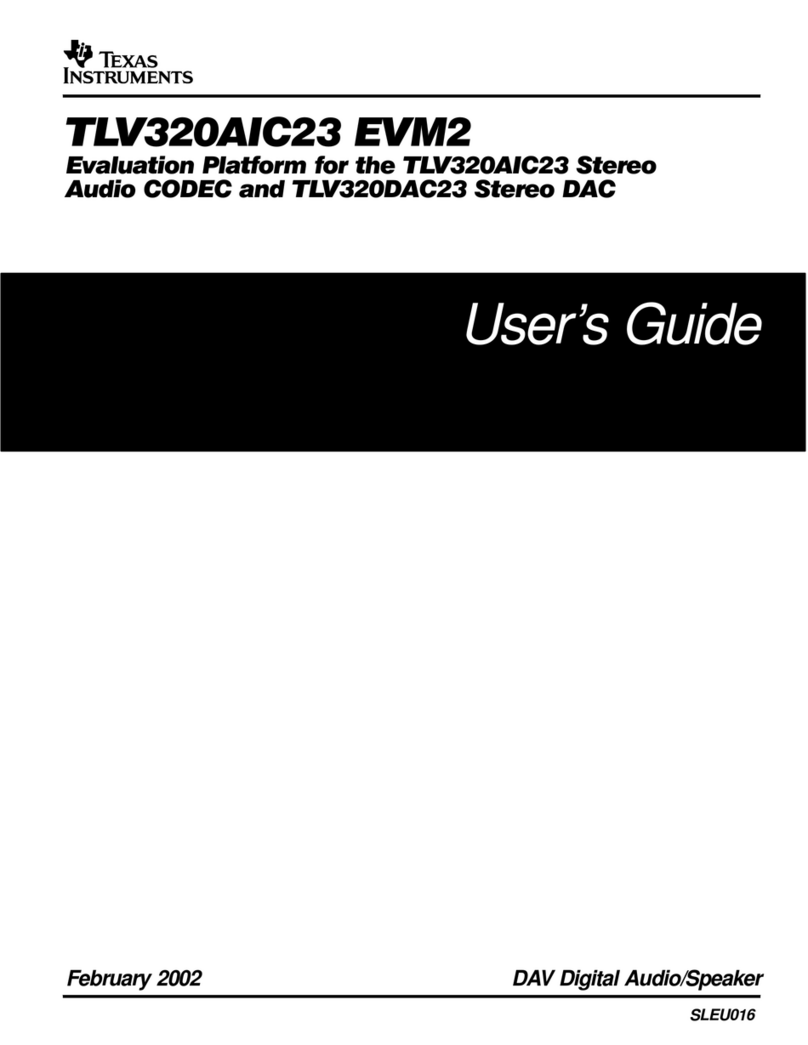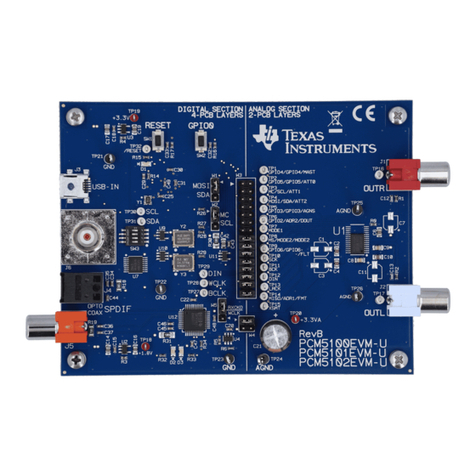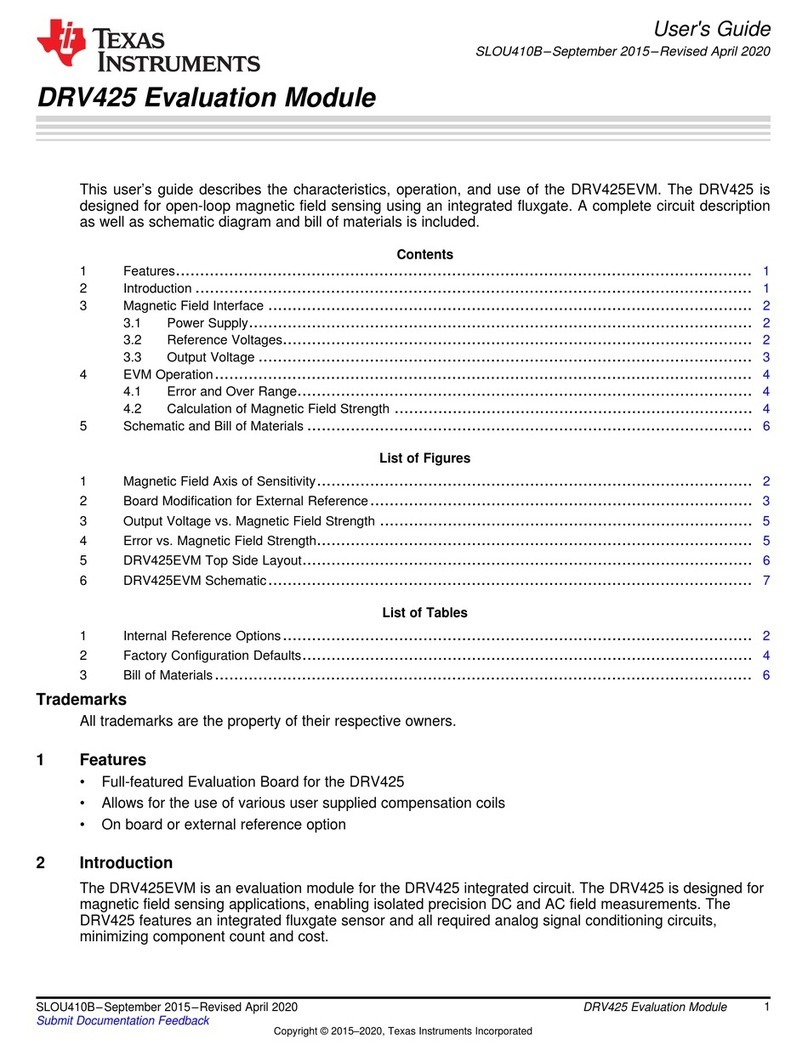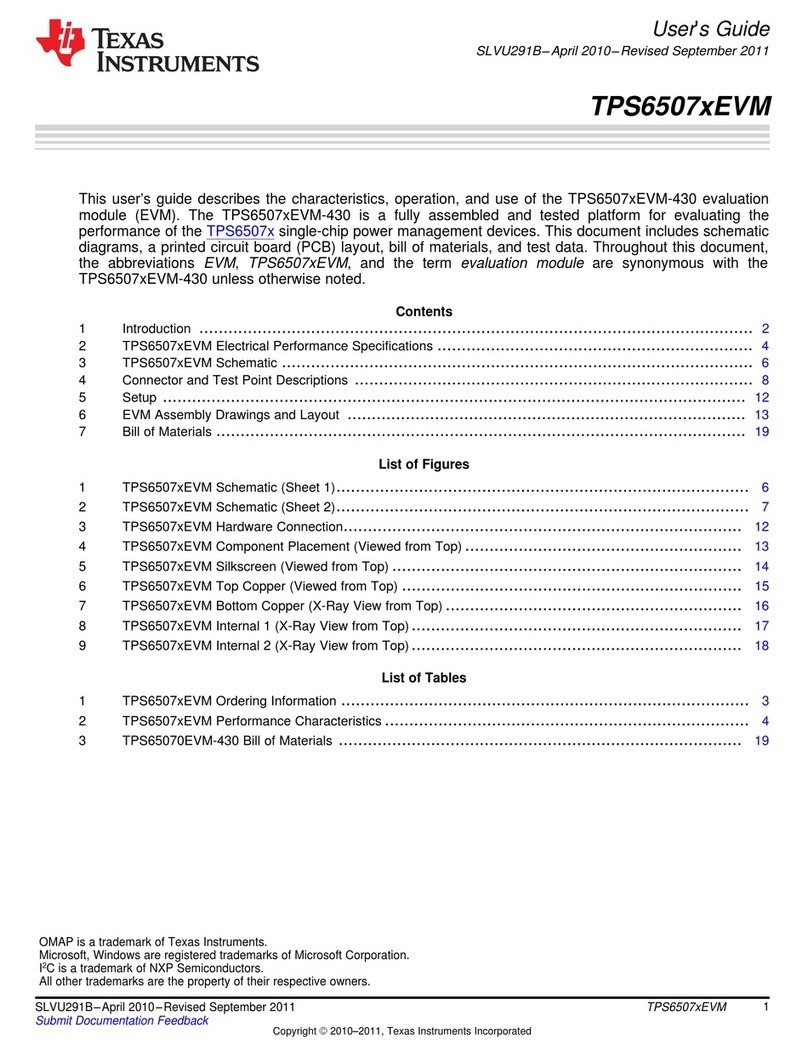Texas Instruments LOG200EVM User manual
Other Texas Instruments Motherboard manuals
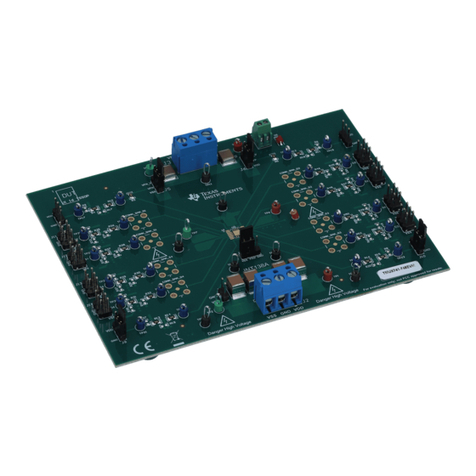
Texas Instruments
Texas Instruments TMUX741 EVM Series User manual
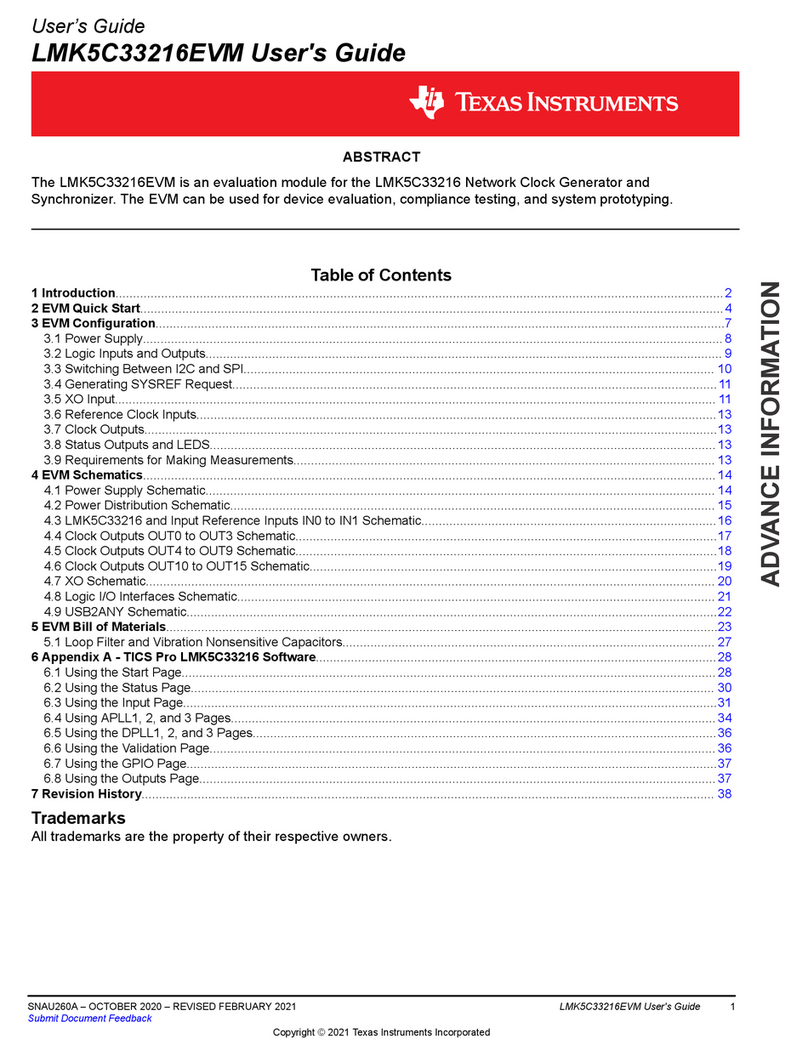
Texas Instruments
Texas Instruments LMK5C33216EVM User manual
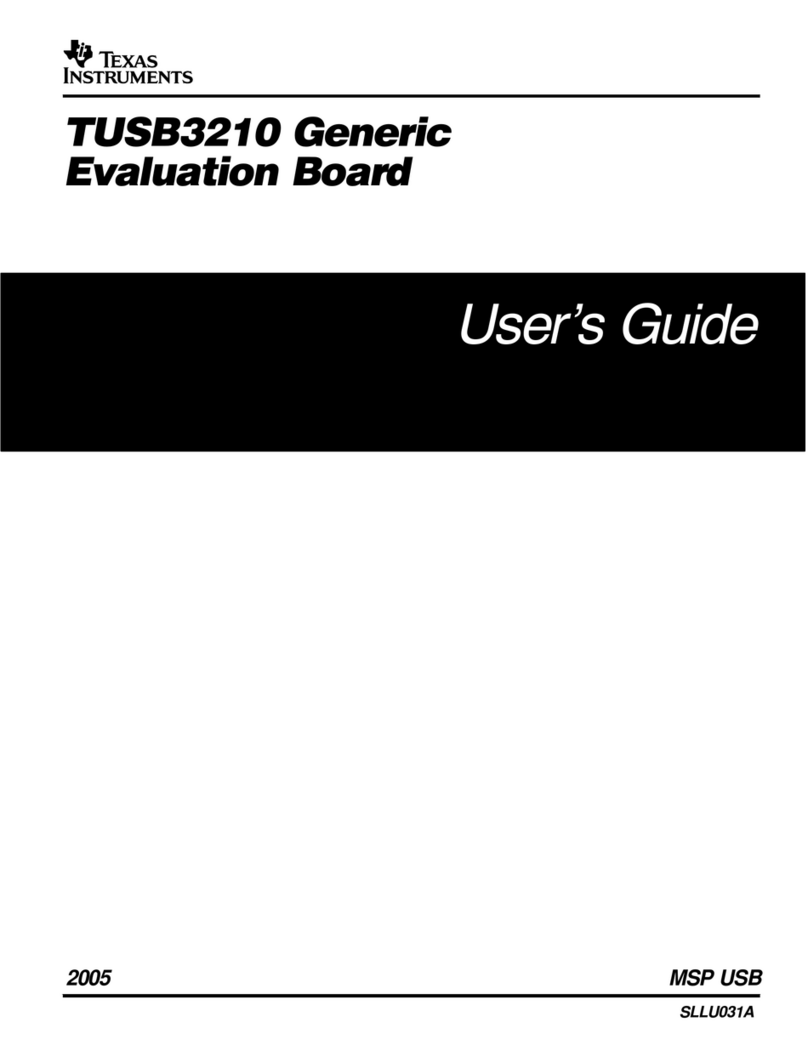
Texas Instruments
Texas Instruments TUSB3210 User manual
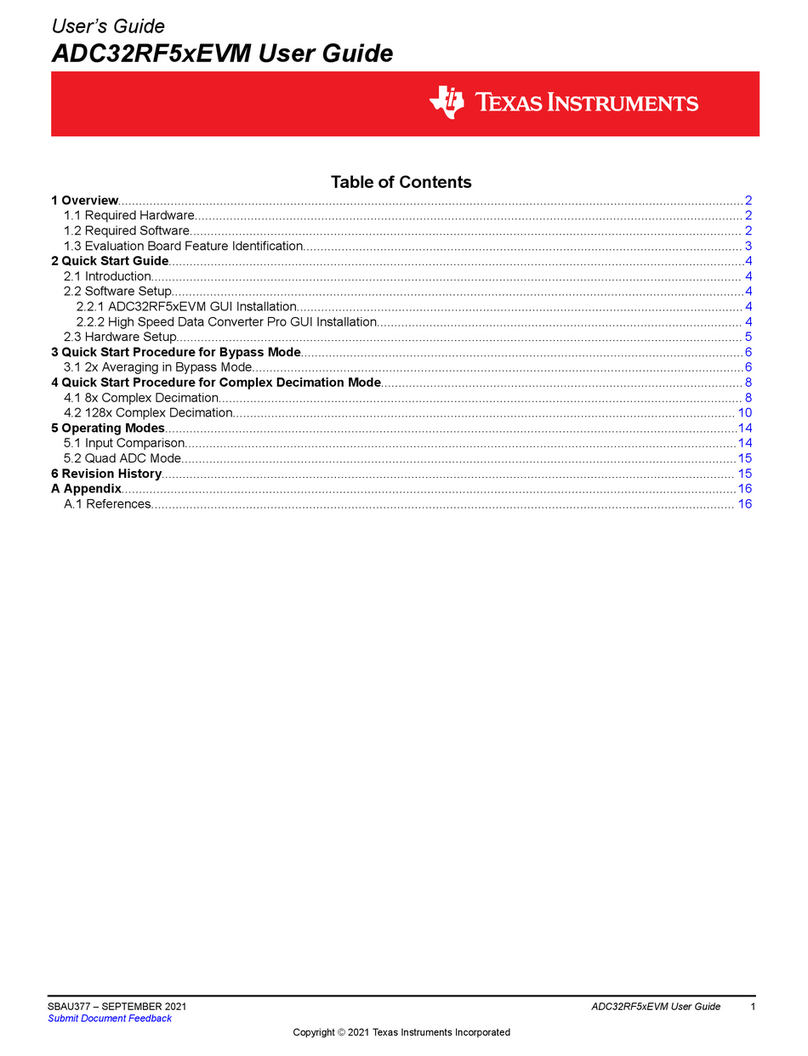
Texas Instruments
Texas Instruments ADC32RF5xEVM User manual
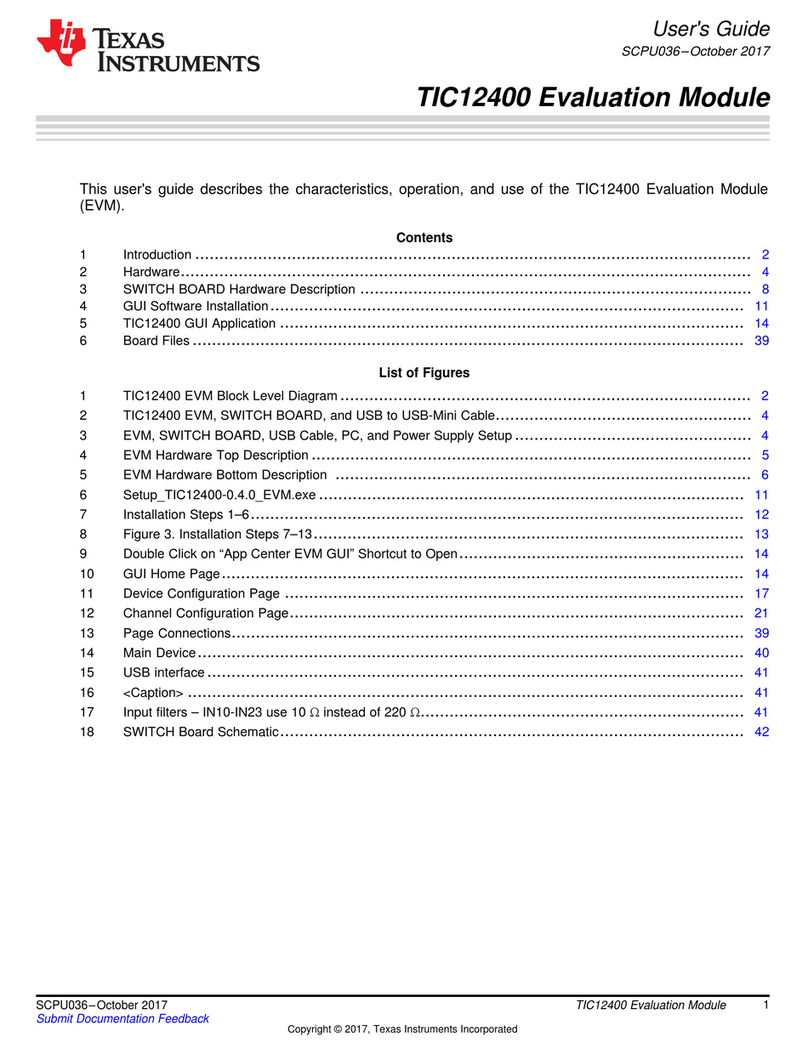
Texas Instruments
Texas Instruments TIC12400 User manual

Texas Instruments
Texas Instruments TPS92518EVM User manual
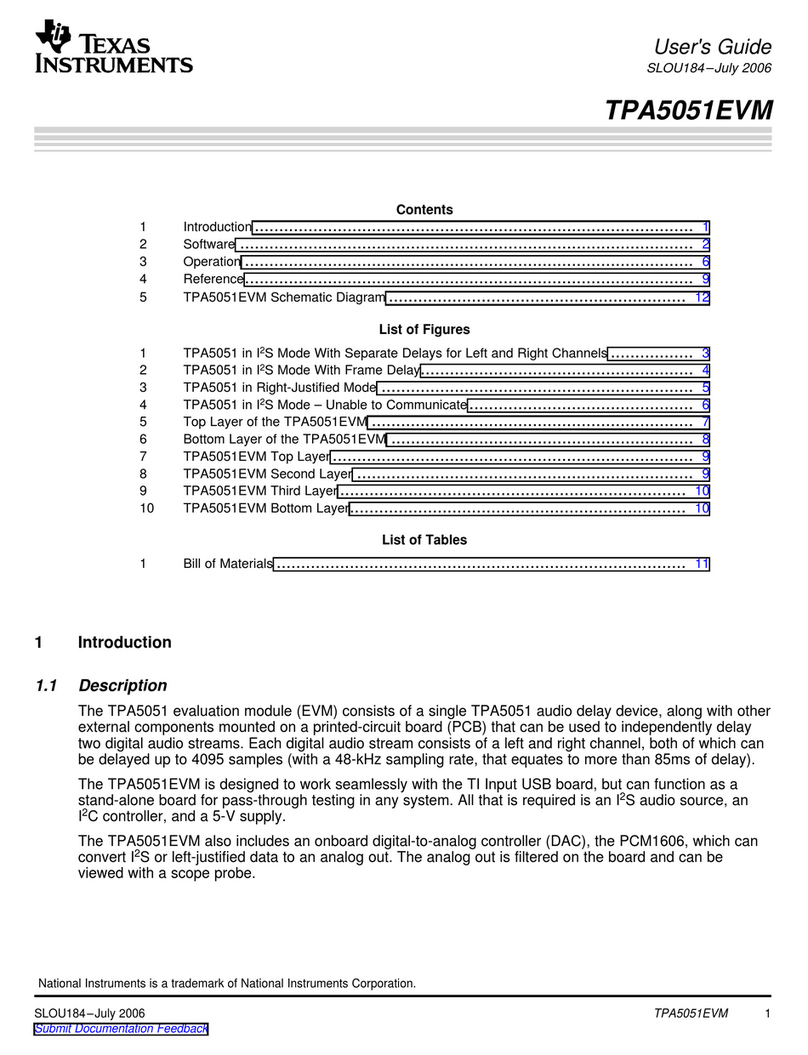
Texas Instruments
Texas Instruments TPA5051EVM User manual
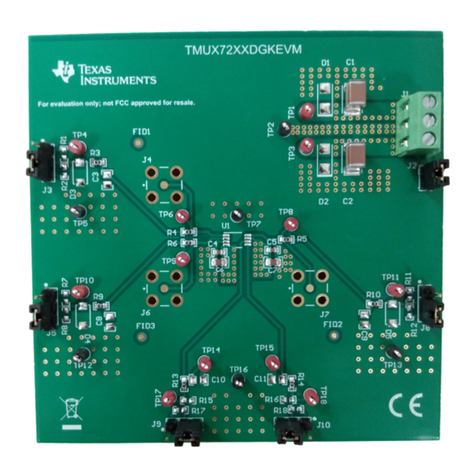
Texas Instruments
Texas Instruments TMUX72XXDGKEVM User manual
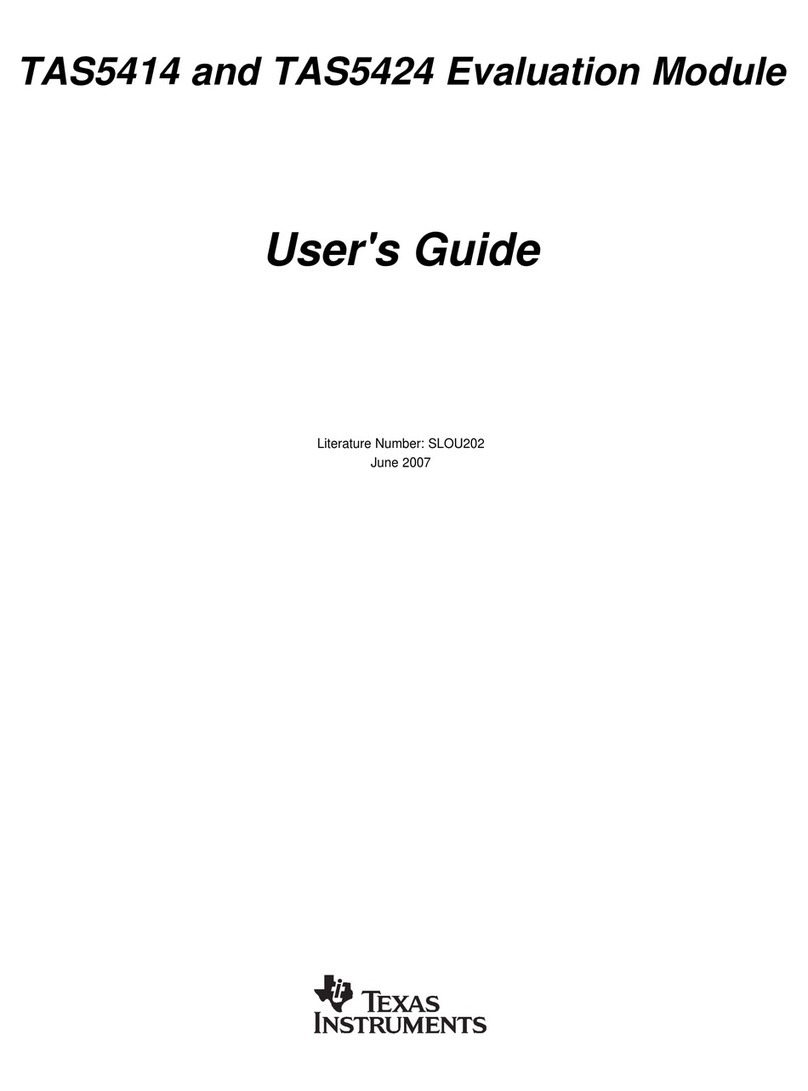
Texas Instruments
Texas Instruments TAS5424 User manual
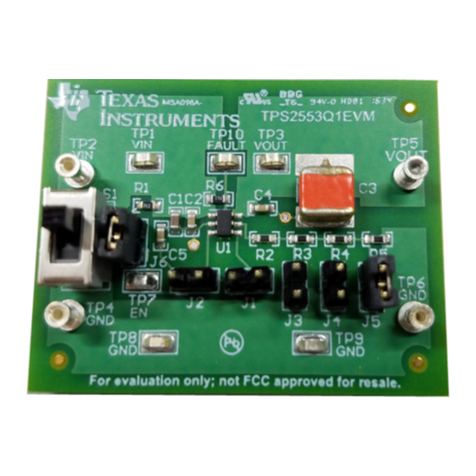
Texas Instruments
Texas Instruments TPS2553Q1EVM User manual
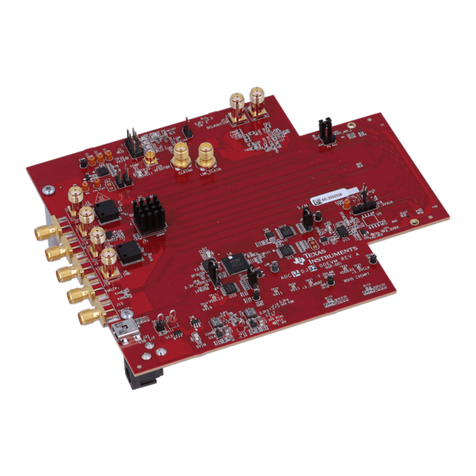
Texas Instruments
Texas Instruments ADC DJ Series User manual
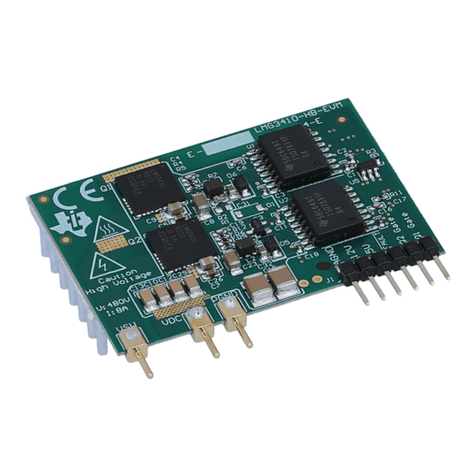
Texas Instruments
Texas Instruments LMG3410-HB-EVM User manual
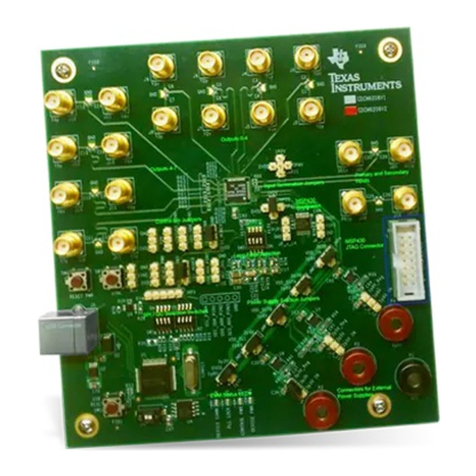
Texas Instruments
Texas Instruments CDCM6208 User manual
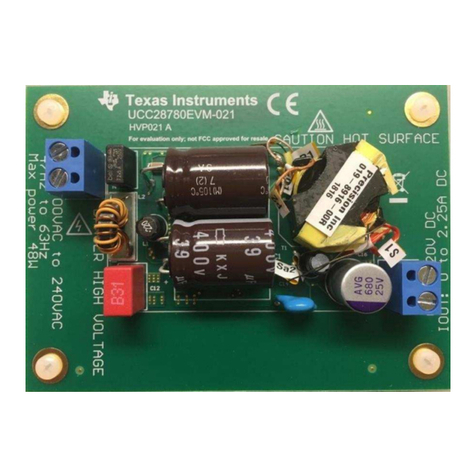
Texas Instruments
Texas Instruments UCC28780EVM-021 User manual
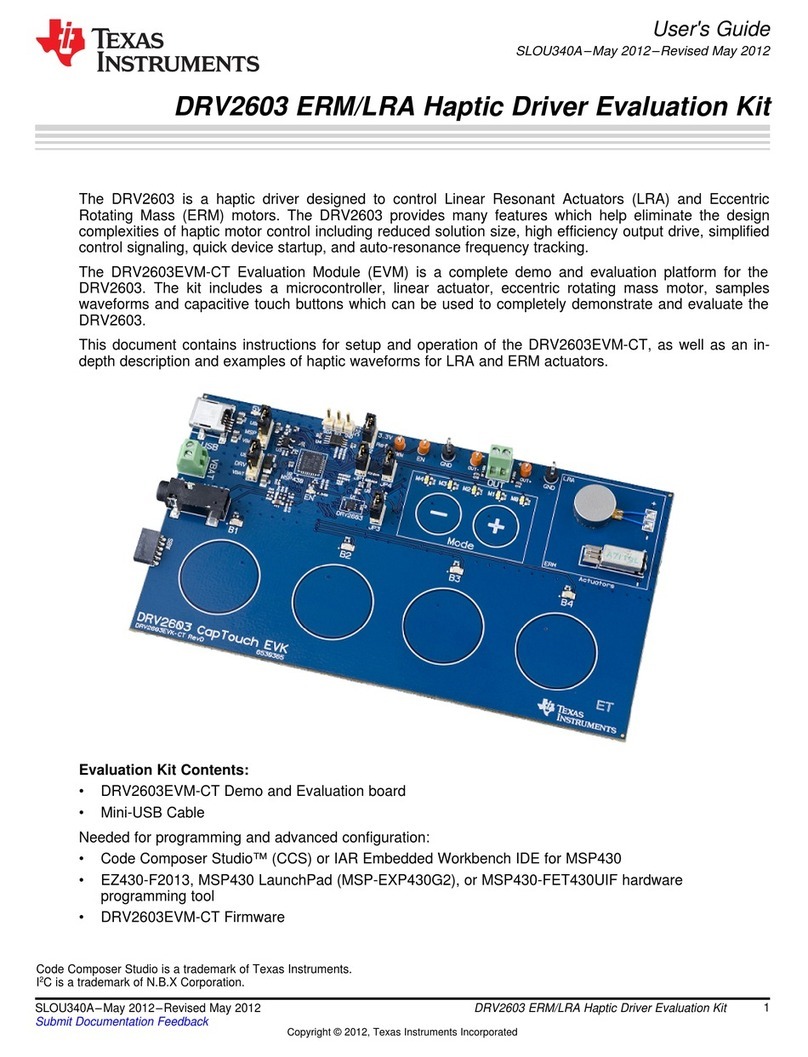
Texas Instruments
Texas Instruments DRV2603 User manual
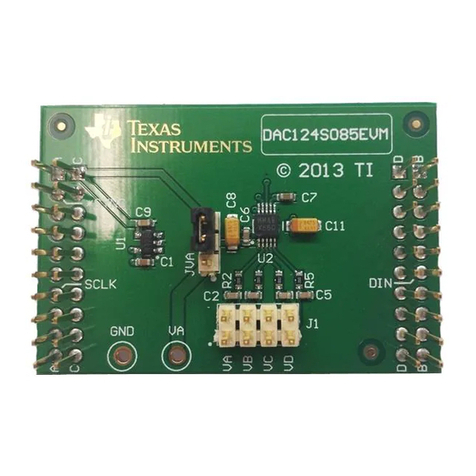
Texas Instruments
Texas Instruments DAC124S085EVM User manual
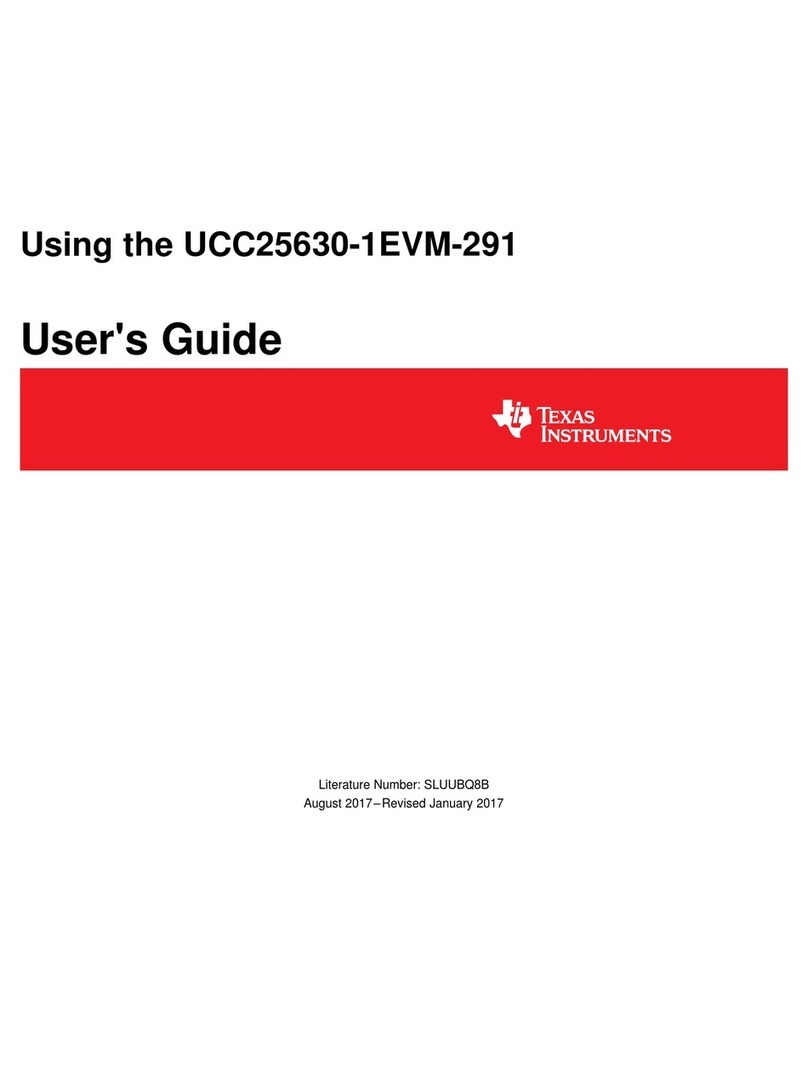
Texas Instruments
Texas Instruments UCC25630-1EVM-291 User manual
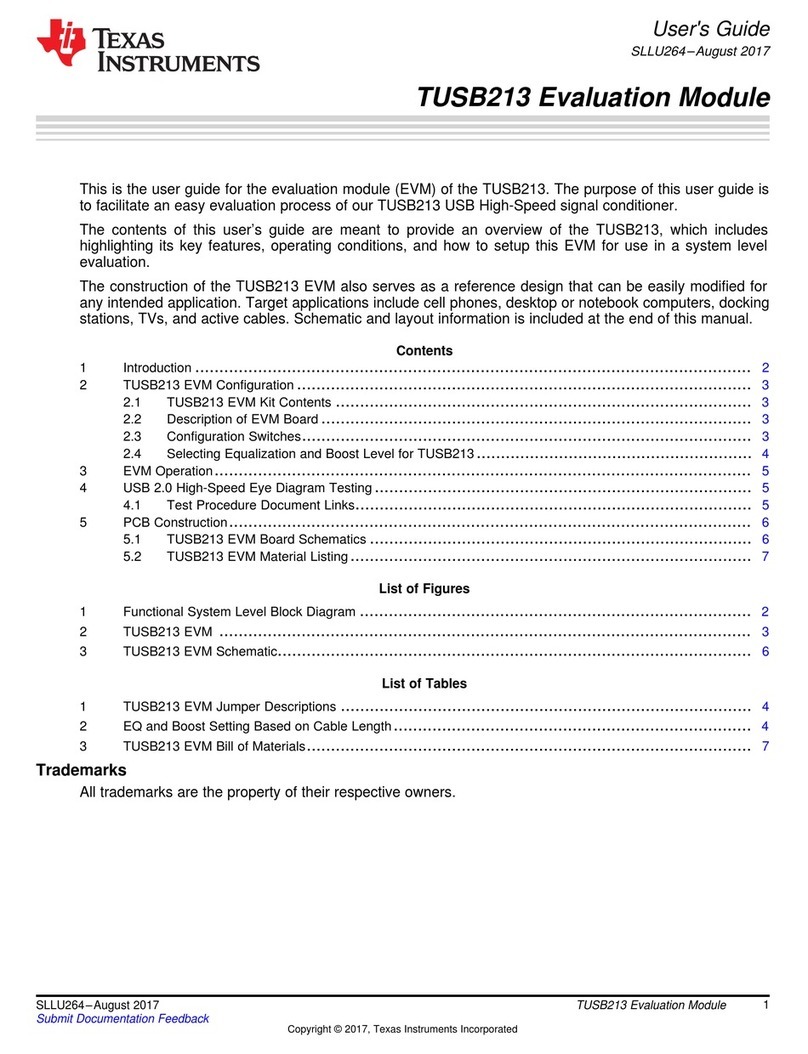
Texas Instruments
Texas Instruments TUSB213 User manual
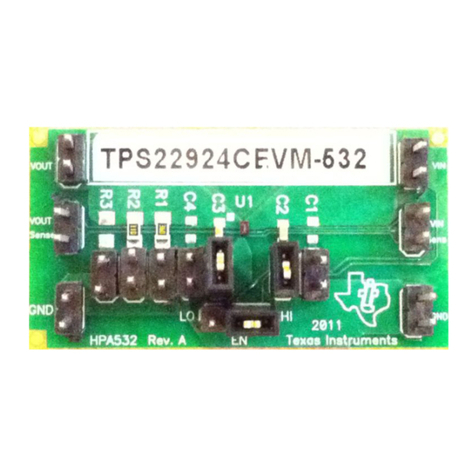
Texas Instruments
Texas Instruments TPS22924EVM-532 User manual

Texas Instruments
Texas Instruments DLP LightCrafter DLPC910 User manual
